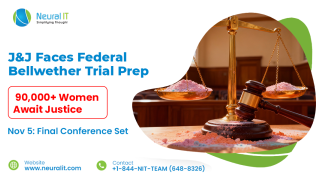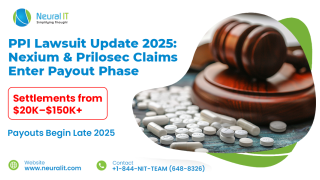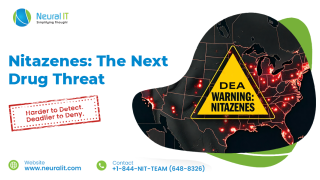J&J Secures Claimant Backing for $6.5b Talc Settlement Plan
J&J Secures Claimant Backing for $6.5b Talc Settlement Plan

Introduction
Johnson & Johnson (J&J) has reached a significant milestone in its ongoing efforts to resolve tens of thousands of lawsuits related to allegations that its baby powder and other talc-based products caused cancer.
A crucial 75% of claimants have voted in favor of the company’s proposed $6.5-billion settlement, a key requirement set by J&J for moving forward with its plan to place a subsidiary in bankruptcy protection. This step is part of J&J’s third attempt to use bankruptcy as a means to resolve the litigation, which has seen the company accused by approximately 61,000 claimants of selling products contaminated with asbestos, leading to ovarian and other cancers. J&J has consistently denied these allegations, maintaining that its products are safe.
The 75% approval rate among claimants was established by J&J as a necessary benchmark, reflecting a provision in U.S. bankruptcy law, to proceed with another bankruptcy bid. The deadline for casting votes was July 26, and while the final tally is not yet available, J&J has expressed confidence that the settlement proposal would secure enough support from plaintiffs to move forward. This approval is crucial for J&J’s strategy to consolidate all claims into one settlement through a bankruptcy process, which could prevent the company from facing future lawsuits or multibillion-dollar verdicts.
J&J’s strategy, often referred to as the “Texas two-step” bankruptcy, involves transferring its talc liability to a newly created subsidiary, which then declares Chapter 11 bankruptcy. The intent is to use the bankruptcy proceedings to force all plaintiffs into a single settlement without requiring J&J itself to declare bankruptcy. This maneuver, however, has faced significant opposition and legal challenges. To proceed, the company must secure the support of 75% of claimants before the subsidiary can request a bankruptcy judge to enforce the deal on all claimants. Bankruptcy judges have the authority to enforce global settlements that can permanently halt all related lawsuits and prevent new ones from being filed.
 This move has not been without controversy. J&J has been engaged in a contentious battle with lawyers representing plaintiffs who oppose the settlement, with some calling the voting process a "fake bankruptcy election" that would not hold up in court. The opposition argues that J&J’s maneuver is a way to avoid accountability and that the company’s new settlement attempt should fail for similar reasons as its previous two.
This move has not been without controversy. J&J has been engaged in a contentious battle with lawyers representing plaintiffs who oppose the settlement, with some calling the voting process a "fake bankruptcy election" that would not hold up in court. The opposition argues that J&J’s maneuver is a way to avoid accountability and that the company’s new settlement attempt should fail for similar reasons as its previous two.
J&J’s earlier attempts at resolving the litigation through bankruptcy were rejected by federal courts on the grounds that the subsidiary created to handle the liabilities was not in "financial distress," a key criterion for such a bankruptcy filing.
J&J’s current settlement proposal differs from its previous efforts by focusing exclusively on claims related to ovarian and other gynecological cancers, building upon earlier settlements the company reached with state attorneys general and individuals who had sued after developing mesothelioma, a rare form of cancer linked to asbestos exposure.
Despite the positive vote, J&J’s strategy still faces significant legal hurdles. Recently, the Supreme Court ruled in Purdue Pharma’s bankruptcy case to limit the ability of courts to halt lawsuits against entities that are not themselves bankrupt, without the consent of those who have sued. While J&J contends that this ruling does not impact its settlement proposal, as U.S. bankruptcy law offers explicit protections for asbestos defendants that have not declared bankruptcy, some legal experts argue that J&J may not be eligible for these protections.
Moreover, proposed legislation in Congress seeks to restrict companies’ ability to shield themselves from lawsuits by placing a shell company into bankruptcy, which could further complicate J&J’s efforts to resolve these claims through its current strategy.




